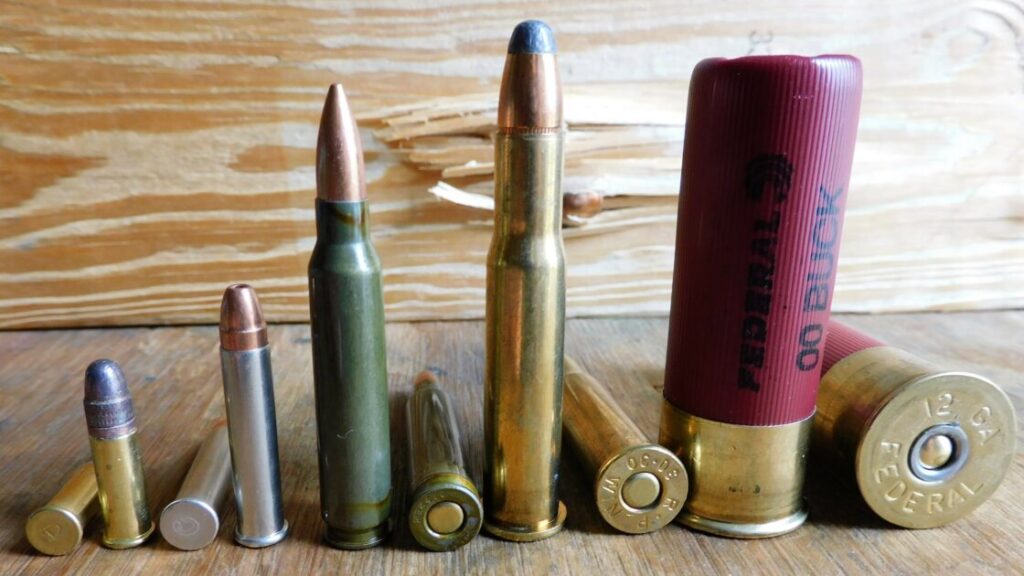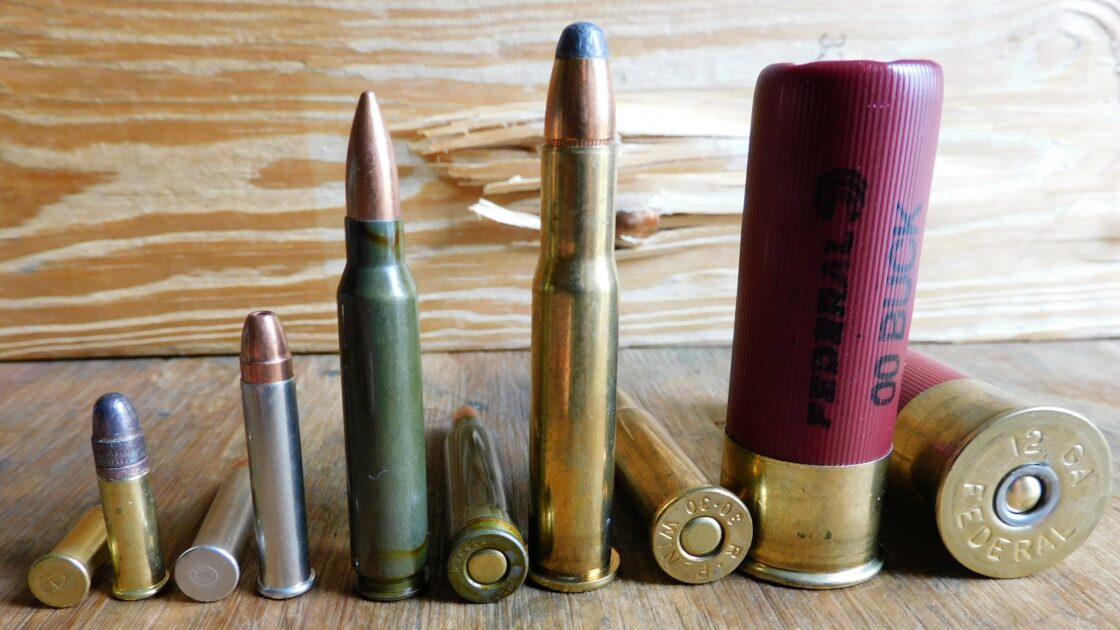
Rimfire vs. Centerfire: Understanding the Key Differences in Ammunition
When it comes to firearms and ammunition, understanding the nuances between different types of cartridges is crucial for safety, performance, and overall shooting experience. Two of the most common types of ammunition are rimfire and centerfire. This article will delve into the key differences between rimfire vs centerfire ammunition, exploring their construction, performance characteristics, common applications, and advantages and disadvantages. Whether you’re a seasoned shooter or a novice just starting out, understanding the distinctions between rimfire and centerfire rounds is essential for making informed decisions about your firearms and ammunition choices.
What is Rimfire Ammunition?
Rimfire ammunition is characterized by its priming compound being located within the rim of the cartridge case. When the firing pin strikes the rim, it crushes the priming compound, igniting the propellant and firing the bullet. The .22 Long Rifle (.22 LR) is by far the most popular rimfire cartridge, but other variations exist, such as the .22 Short, .22 Magnum (also known as .22 WMR), and .17 HMR.
Construction of Rimfire Cartridges
Rimfire cartridges are relatively simple in construction. The cartridge case is typically made of brass and is thin-walled. The base of the case is formed into a rim, which is filled with the priming compound. The bullet is then crimped into the case. Because of the thin case walls and the need for the rim to be easily crushed, rimfire cartridges are generally loaded to lower pressures than centerfire cartridges.
Advantages of Rimfire Ammunition
- Cost-Effectiveness: Rimfire ammunition is generally much cheaper than centerfire ammunition, making it a popular choice for target practice and plinking.
- Low Recoil: The low pressures and lighter bullets of rimfire cartridges result in very little recoil, making them ideal for beginners and those sensitive to recoil.
- Quiet Report: Many rimfire cartridges, especially the .22 LR, have a relatively quiet report, which can be advantageous in certain shooting situations.
- Wide Availability: Rimfire ammunition, particularly .22 LR, is widely available at most sporting goods stores and gun shops.
Disadvantages of Rimfire Ammunition
- Lower Power: Rimfire cartridges generally have lower power levels compared to centerfire cartridges, making them less suitable for hunting larger game or self-defense.
- Reliability Issues: Rimfire ammunition can sometimes suffer from reliability issues, such as misfires, due to inconsistent priming compound distribution in the rim.
- Limited Reloading Options: Rimfire cartridges are generally not reloadable, which can be a disadvantage for those who enjoy reloading their own ammunition.
What is Centerfire Ammunition?
Centerfire ammunition is characterized by its priming compound being located in a separate primer cup located in the center of the cartridge case head. When the firing pin strikes the primer, it ignites the priming compound, which then ignites the propellant and fires the bullet. Centerfire cartridges are available in a wide range of calibers and power levels, making them suitable for a variety of applications.
Construction of Centerfire Cartridges
Centerfire cartridges are more complex in construction than rimfire cartridges. The cartridge case is typically made of brass and is thicker-walled than rimfire cases. The base of the case has a pocket designed to hold the primer. The primer is a small metal cup containing the priming compound. The bullet is then crimped into the case. The thicker case walls and separate primer allow centerfire cartridges to be loaded to much higher pressures than rimfire cartridges.
Advantages of Centerfire Ammunition
- Higher Power: Centerfire cartridges generally have higher power levels compared to rimfire cartridges, making them suitable for hunting larger game, self-defense, and long-range shooting.
- Greater Reliability: Centerfire ammunition is generally more reliable than rimfire ammunition, with fewer misfires due to the more consistent priming system.
- Reloadability: Centerfire cartridges are generally reloadable, which can save money and allow shooters to customize their ammunition to their specific needs.
- Wider Variety: Centerfire ammunition is available in a much wider variety of calibers and bullet types than rimfire ammunition.
Disadvantages of Centerfire Ammunition
- Higher Cost: Centerfire ammunition is generally more expensive than rimfire ammunition.
- Greater Recoil: The higher power levels of centerfire cartridges result in greater recoil, which can be a disadvantage for beginners and those sensitive to recoil.
- Louder Report: Centerfire cartridges generally have a louder report than rimfire cartridges.
Key Differences: Rimfire vs. Centerfire
The primary difference between rimfire vs centerfire ammunition lies in the location and method of ignition of the priming compound. In rimfire ammunition, the priming compound is located within the rim of the cartridge case, while in centerfire ammunition, it’s housed in a separate primer cup at the center of the case head. This difference in design leads to several other distinctions:
Power and Performance
Centerfire ammunition generally offers significantly higher power and performance compared to rimfire. This is due to the stronger case design and the ability to handle higher pressures. Centerfire rounds are commonly used for hunting larger game, self-defense, and long-range shooting, where greater energy and accuracy are required. Rimfire ammunition, on the other hand, is typically used for target practice, plinking, and hunting small game.
Reliability
Centerfire ammunition is generally considered more reliable than rimfire. The separate primer in centerfire cartridges allows for more consistent priming and ignition. Rimfire ammunition can be prone to misfires due to inconsistent distribution of the priming compound within the rim. [See also: Common Firearm Malfunctions and How to Fix Them]
Reloadability
Centerfire cartridges are typically reloadable, while rimfire cartridges are not. This is because the centerfire primer can be easily replaced after firing, allowing the cartridge case to be reused. Reloading centerfire ammunition can save money and allow shooters to customize their ammunition to their specific needs. The design of rimfire cartridges makes them impractical to reload.
Cost
Rimfire ammunition is generally much less expensive than centerfire ammunition. This makes rimfire a popular choice for high-volume shooting activities like target practice and plinking. The lower cost of rimfire ammunition can also make it a more accessible option for new shooters.
Common Applications
Rimfire Applications
- Target Practice and Plinking: The low cost and low recoil of rimfire ammunition make it ideal for target practice and plinking.
- Small Game Hunting: Rimfire cartridges like the .22 LR are effective for hunting small game such as squirrels and rabbits.
- Training New Shooters: The low recoil and quiet report of rimfire ammunition make it a good choice for training new shooters.
- Competitive Shooting: Rimfire rifles are used in various competitive shooting disciplines.
Centerfire Applications
- Hunting: Centerfire cartridges are used for hunting a wide variety of game, from small deer to large bears.
- Self-Defense: Centerfire cartridges are commonly used in handguns and rifles for self-defense.
- Law Enforcement and Military: Centerfire ammunition is the standard for law enforcement and military applications.
- Long-Range Shooting: Centerfire cartridges are used in long-range shooting competitions and hunting.
Choosing Between Rimfire and Centerfire
The choice between rimfire vs centerfire ammunition depends on your specific needs and intended use. If you’re looking for affordable ammunition for target practice or small game hunting, rimfire might be the better choice. If you need more power for hunting larger game or self-defense, centerfire is the way to go. Consider the following factors when making your decision:
- Intended Use: What will you be using the ammunition for?
- Budget: How much are you willing to spend on ammunition?
- Recoil Sensitivity: How sensitive are you to recoil?
- Reloading: Do you want to be able to reload your ammunition?
Conclusion
Understanding the differences between rimfire vs centerfire ammunition is essential for any firearm enthusiast. While rimfire offers affordability and low recoil, centerfire provides greater power and reliability. By considering your specific needs and intended use, you can choose the right type of ammunition for your shooting activities. Whether you’re plinking with a .22 LR or hunting with a .308 Winchester, knowing the characteristics of your ammunition will enhance your shooting experience and ensure your safety. Remember to always practice safe gun handling and follow all applicable laws and regulations.

